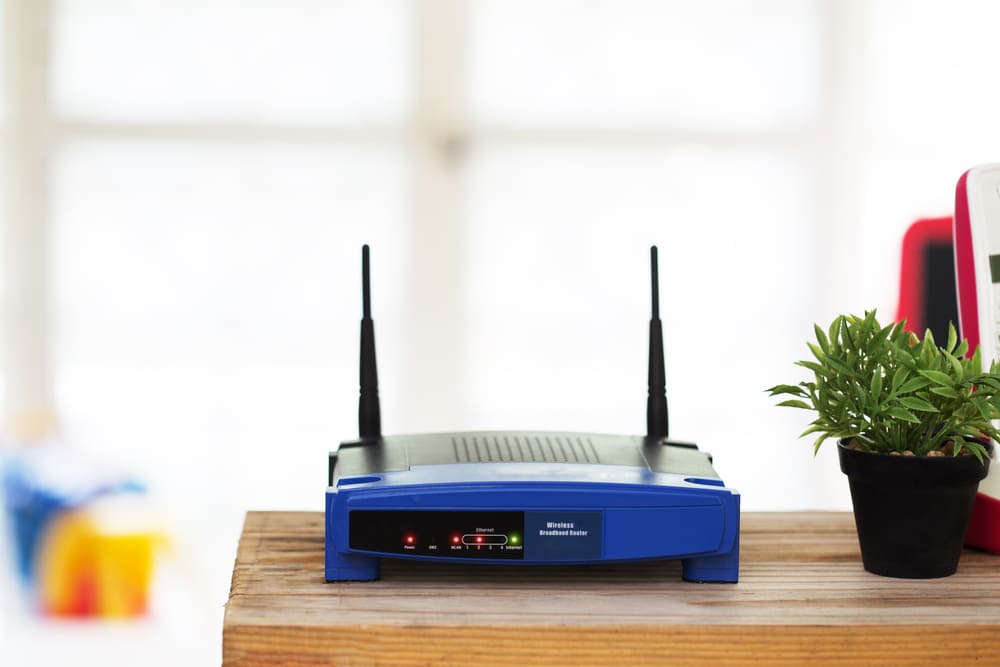Setting Up Internet in a New Home? Don’t Make These Mistakes

Summary: Moving into a new home is exciting, but setting up your internet can be a frustrating experience if done incorrectly. Many people fall into common pitfalls, such as choosing the wrong plan, ignoring installation requirements, or overlooking hidden costs. This guide will help you avoid these mistakes and ensure a smooth internet setup process. We’ll cover everything from selecting the best provider, such as Dodo NBN, to choosing the right speed and ensuring reliable connectivity.
Introduction: The Importance of Getting Internet Right
Imagine this: You’ve just moved into your dream home, unpacked your essentials, and are ready to settle in. You go to stream your favorite show or join a work Zoom call, and suddenly—you have no internet! Frustrating, right?
Setting up internet in a new home should be simple, yet so many people make mistakes that lead to delays, additional costs, and poor service. From picking the wrong cheap NBN plans to neglecting installation requirements, these errors can cause major headaches. This guide will walk you through the biggest mistakes people make when setting up their internet and how to avoid them.
1. Choosing the Wrong NBN Plan
Why It’s a Problem
Many people choose an cheap NBN plan based on price alone. While affordability is important, selecting a plan that doesn’t match your usage needs can lead to slow speeds, buffering, and frustration.
How to Avoid It
- Assess Your Internet Needs:
- Single users/light browsing: Basic cheap NBN plans (NBN 25) may be enough.
- Households with multiple users: Consider NBN 50 or NBN 100 for better performance.
- Gamers and heavy streamers: Look at NBN 250 or higher for ultra-fast speeds.
- Compare Plans from Reliable Providers:
- Some ISPs, like Dodo NBN, offer competitive pricing while maintaining good service quality.
- Check for Unlimited Data:
- Data caps can be frustrating, especially for streaming and working from home.
Pro Tip: Use an online speed test tool to determine your real speed needs before purchasing a plan.
2. Not Checking for NBN Availability at Your Address
Why It’s a Problem
Not all areas have access to high-speed NBN connections. Some homes still rely on old ADSL or fixed wireless.
How to Avoid It
- Visit the official NBN Co website to check which type of NBN connection is available at your new address.
- If your area lacks high-speed fiber, consider alternatives like 5G home broadband or fixed wireless NBN.
3. Ignoring Setup and Installation Costs
Why It’s a Problem
Hidden fees can sneak up on you, making your internet setup more expensive than expected.
How to Avoid It
- Ask the provider about setup fees, installation charges, and equipment costs.
- Some ISPs, like Dodo NBN, offer deals with no lock-in contracts and free setup promotions.
- If you need a professional technician, confirm the costs before scheduling an installation.
4. Placing Your Router in a Bad Location

Why It’s a Problem
Poor router placement can lead to weak signals, dead zones, and slow speeds.
How to Avoid It
- Place your router in a central location, away from walls and electronic devices.
- Avoid placing it near microwaves, cordless phones, and Bluetooth devices, which can interfere with Wi-Fi signals.
- Use Wi-Fi extenders if you have a large home with weak coverage areas.
Block Quote: “A well-placed router is the key to a strong and stable internet connection.”
5. Overlooking Customer Support and Reliability
Why It’s a Problem
Internet issues can happen, and having poor customer support can make things worse.
How to Avoid It
- Read customer reviews about an ISP’s service reliability and support quality.
- Choose an ISP with 24/7 support or live chat options for quick troubleshooting.
6. Forgetting to Secure Your Internet Connection
Why It’s a Problem
Unsecured networks can lead to hacking, slow speeds due to unauthorized users, and data breaches.
How to Avoid It
- Set up a strong Wi-Fi password and use WPA3 encryption for security.
- Regularly update your router’s firmware.
- Enable guest networks for visitors to prevent them from accessing your main network.
7. Not Factoring in Future Internet Needs
Why It’s a Problem
Your current plan might be enough today, but what about in a year when you have more smart devices or a new remote job?
How to Avoid It
- Pick a plan with some flexibility for upgrades.
- Consider future-proofing your setup with high-speed fiber or a mesh Wi-Fi system.
Conclusion: Set Up Your Internet the Right Way
Setting up the internet in a new home doesn’t have to be stressful. By choosing the right Dodo NBN plan, ensuring proper installation, and securing your connection, you can enjoy seamless connectivity from day one. Avoid the common mistakes outlined in this guide, and you’ll be set up for success.
FAQs
1. How do I find the best cheap NBN plans?
Compare providers based on speed, data limits, contract terms, and customer reviews. Dodo NBN offers some of the best budget-friendly options.
2. What’s the difference between NBN 50 and NBN 100?
NBN 50 is suitable for small households, while NBN 100 is better for families with multiple devices.
3. Can I set up the internet myself, or do I need a technician?
If your home is already NBN-ready, you can set it up yourself. Otherwise, a technician visit may be required.
4. How can I boost my Wi-Fi signal at home?
Place your router in an open area, use Wi-Fi extenders, and reduce interference from other electronics.
5. Is it worth getting a mesh Wi-Fi system?
Yes, if you have a large home with multiple floors, a mesh Wi-Fi system improves coverage and reduces dead zones.










